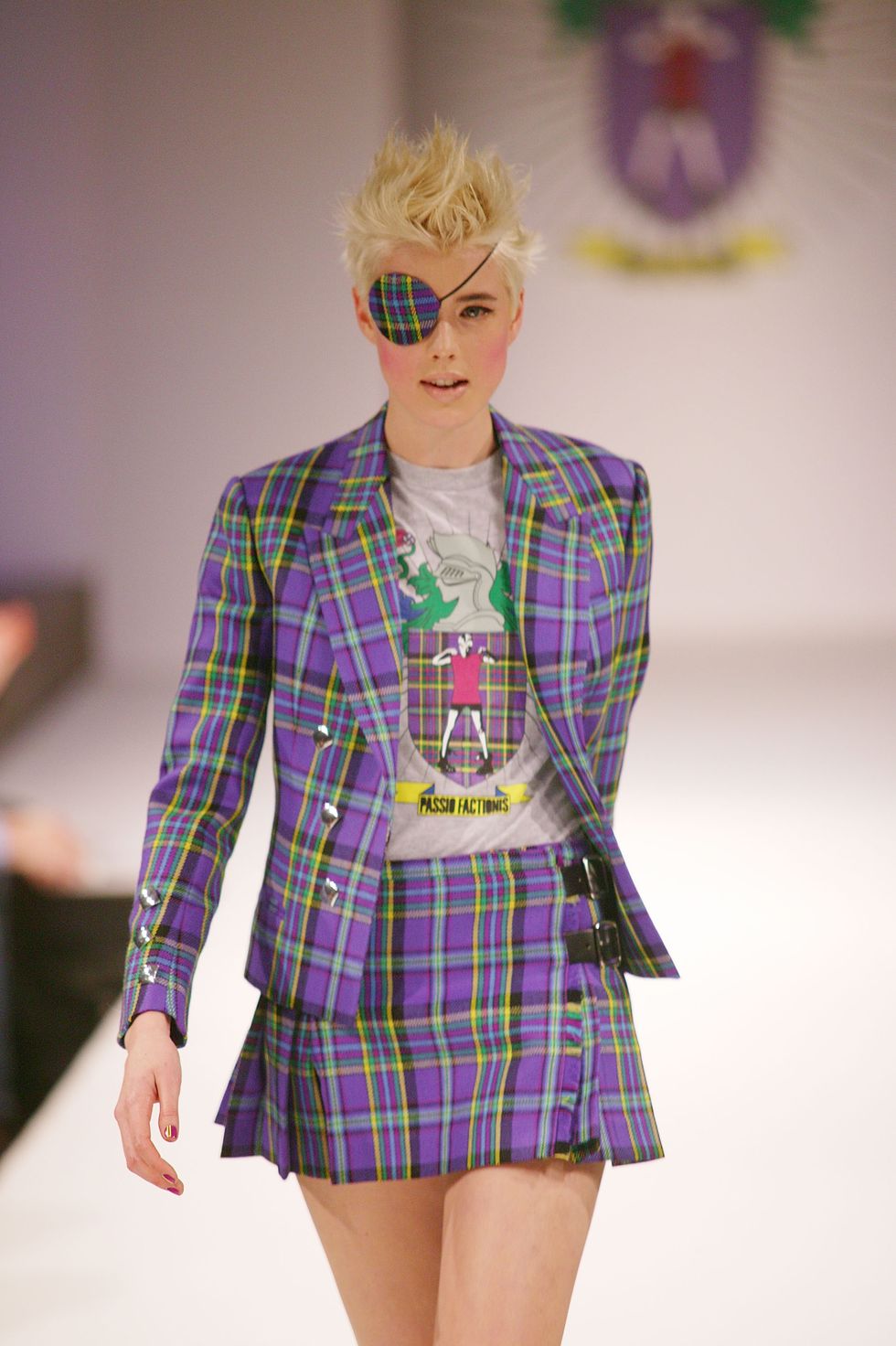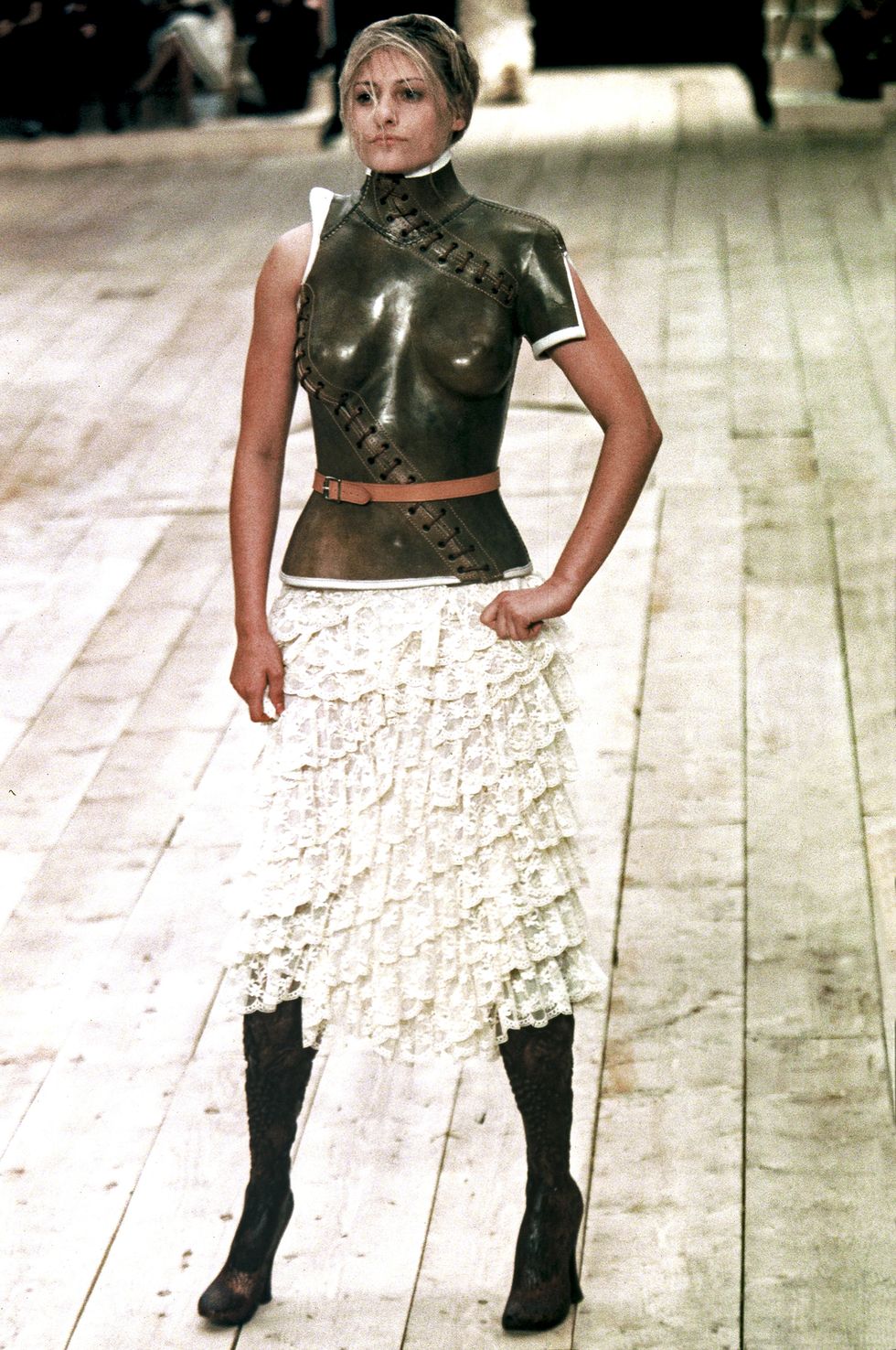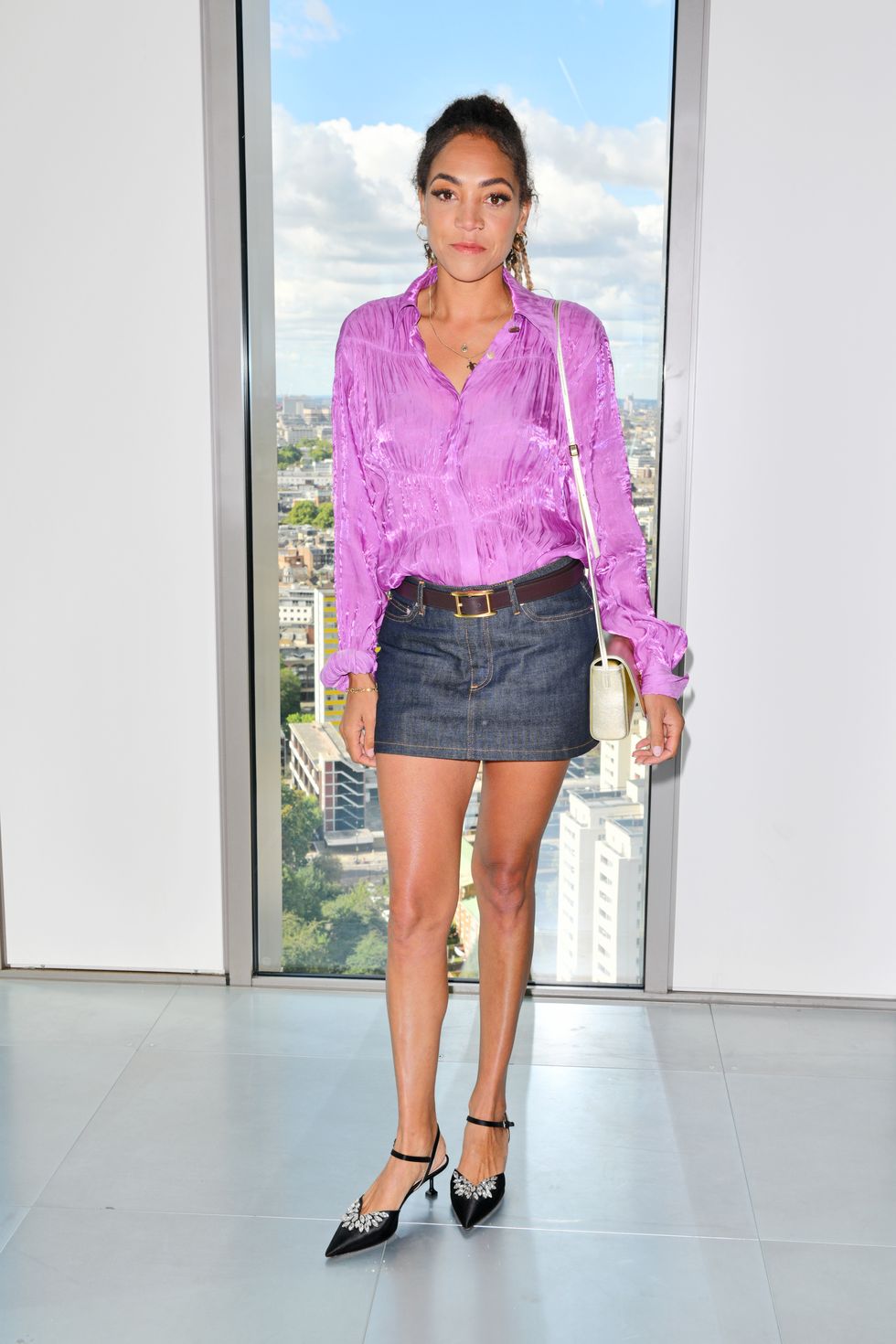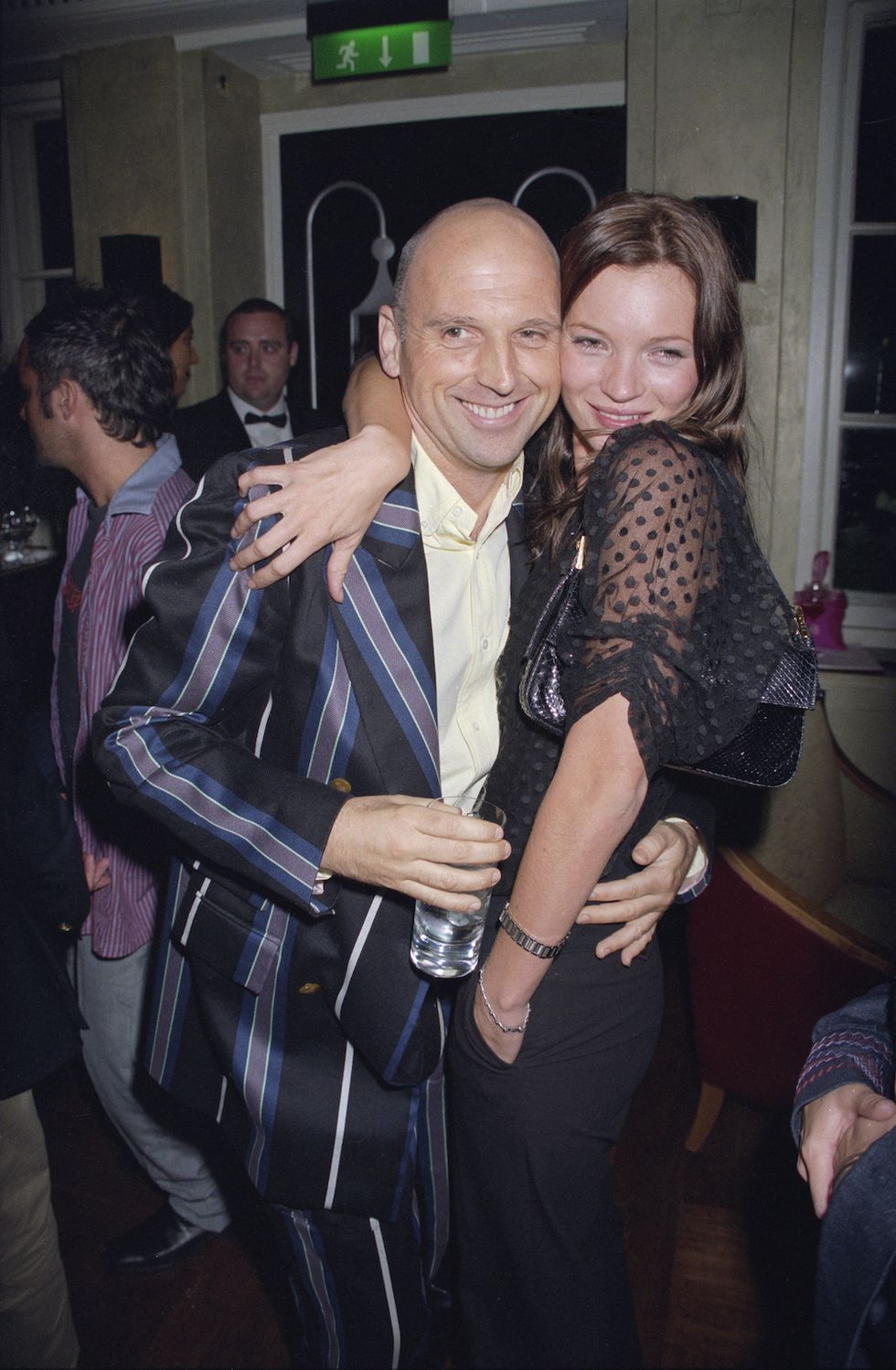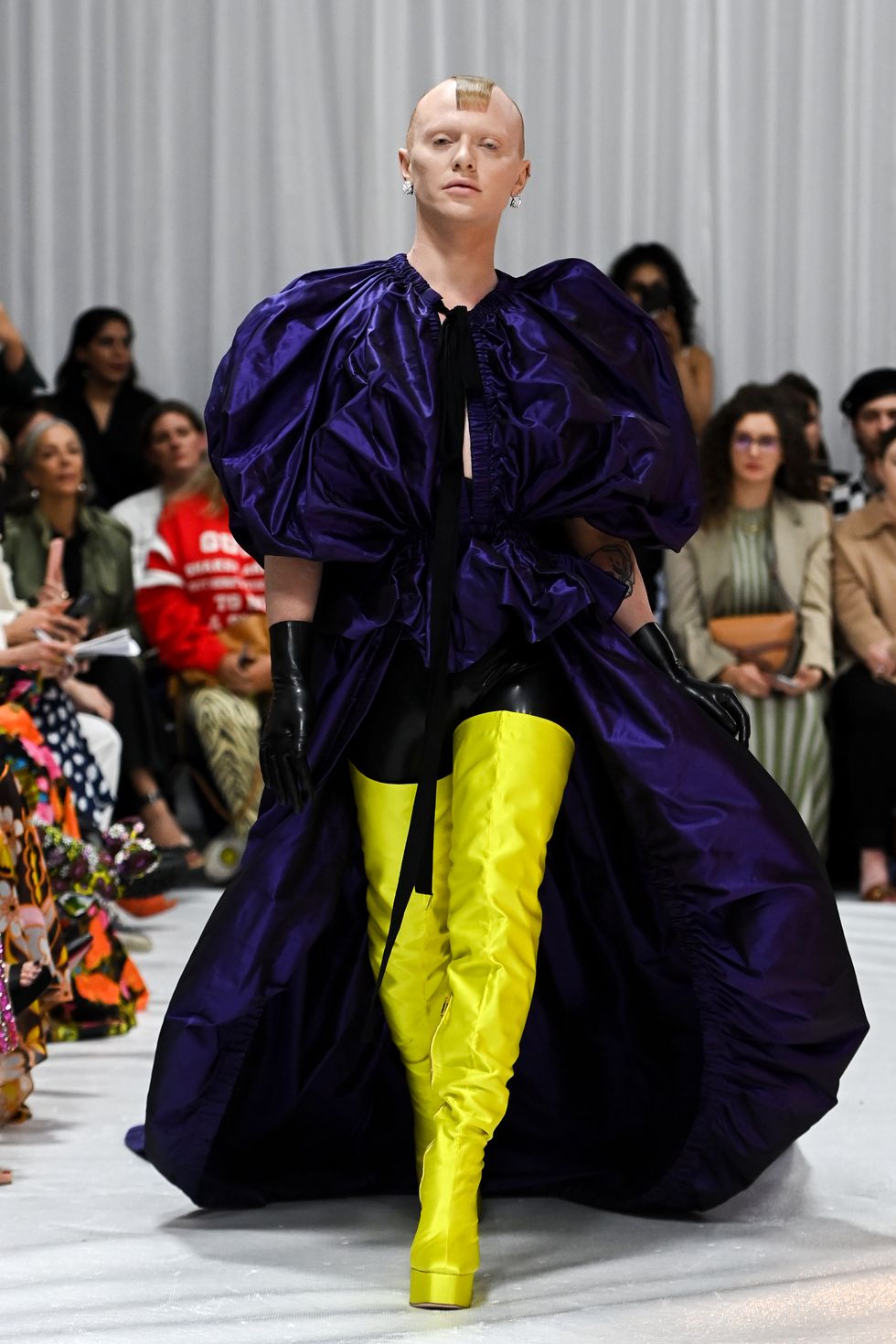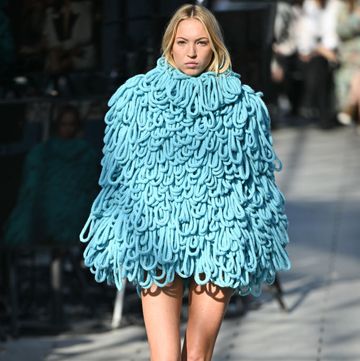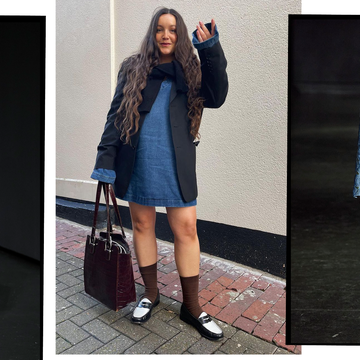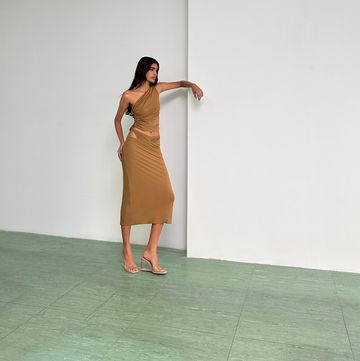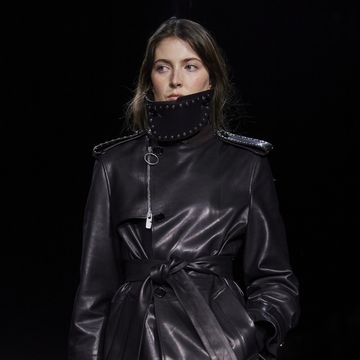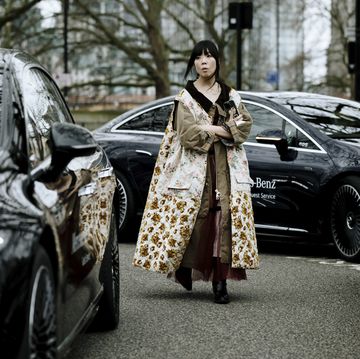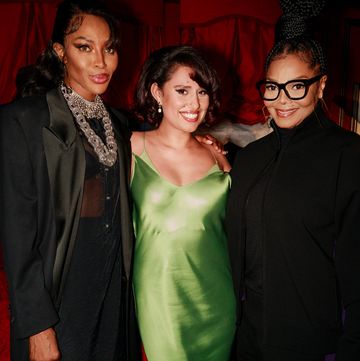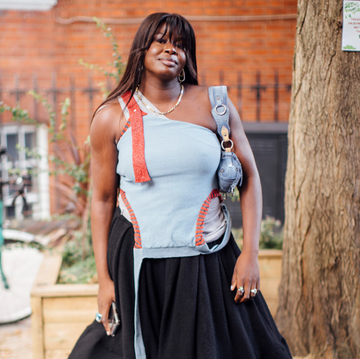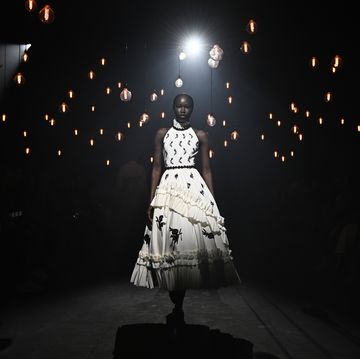Celebrating 40 Years: An Oral History Of London Fashion Week
Emma Spedding speaks to the London Fashion Week history makers of yesterday, today, and tomorrow to celebrate the institution's 40th birthday.

London Fashion Week has always had to fight for attention against Paris, Milan and New York, but in its 40-year history it has provided a creative spirit and rebellious energy that you just don’t get elsewhere.
The first London Fashion Week in 1984 was housed in a car park on Kensington High Street, and was masterminded by the PR legend (and the inspiration for the character Edina in Absolutely Fabulous) Lynne Franks. At a Downing Street reception to celebrate the inaugural fashion week, the designer Katharine Hamnet met Margaret Thatcher in an anti-nuclear weapons protest T-shirt which said: '58% Don’t Want Pershing.'
This was just the first of many London Fashion Week moments which caused a riot on the next day’s front pages. Other notable headlines include the Queen sitting next to Anna Wintour at a Richard Quinn show, Shalom Harlow spray painted by a robot at Alexander McQueen and Posh Spice walking in satin hot pants with spiky hair. Quiet and retiring, London Fashion Week is not.
London Fashion Week has had many different homes across the city, from the cobbled streets of Somerset House to the many layers of Brewer Street car park. It has been a safe space for countercultures and outsiders, as well as being embraced by the institution. Princess Diana was an early supporter of London Fashion Week, attending a reception for designers at Lancaster House in its second year. Fashion week can be an elitist, chauffeur-driven, size zero bubble, but designers like Lee McQueen have also made us question our notion of beauty, challenging the idea of who gets to be in fashion and who doesn’t.
Here friends of ELLE UK share some of their favourite memories from the front row, backstage and the back of taxis over the last four decades.
Watch Next

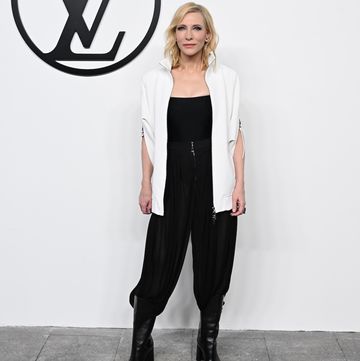
Celebrities On The FROW At Paris Fashion Week

The Prettiest Dresses Of Fashion Week
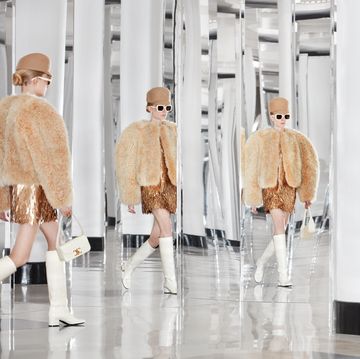
The Best Runway Looks From AW24
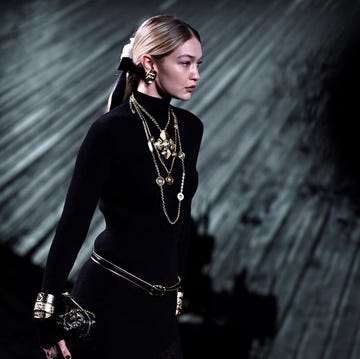
Gigi Hadid Watch: All Her Runway Appearances
